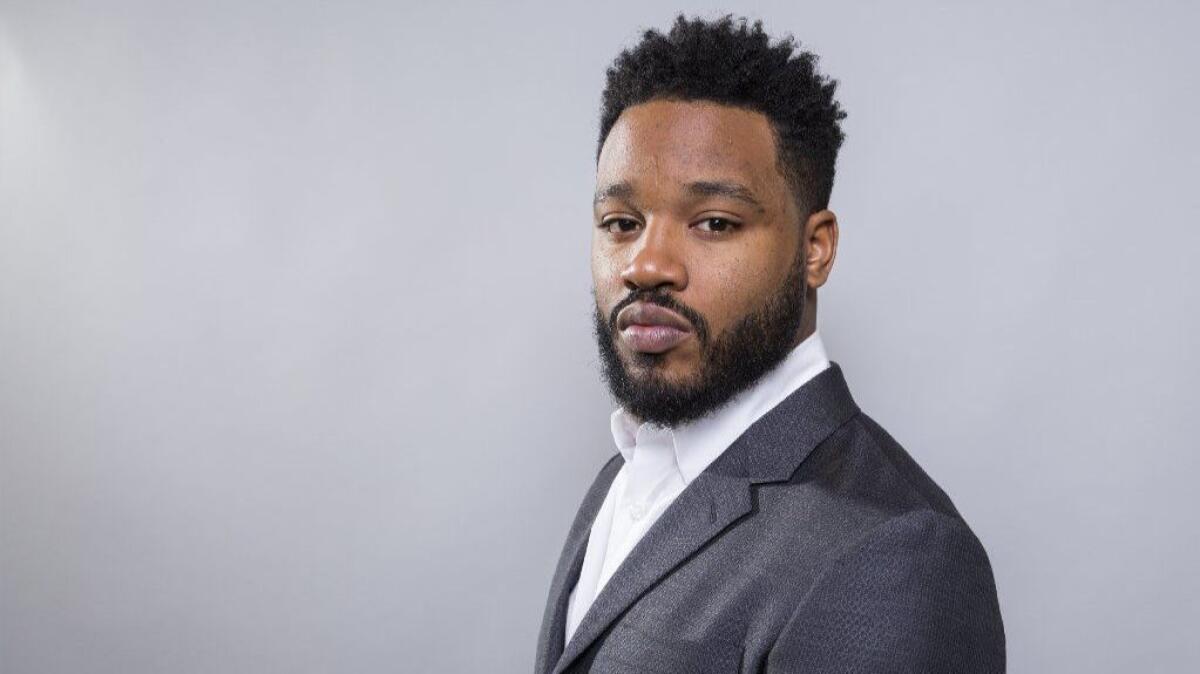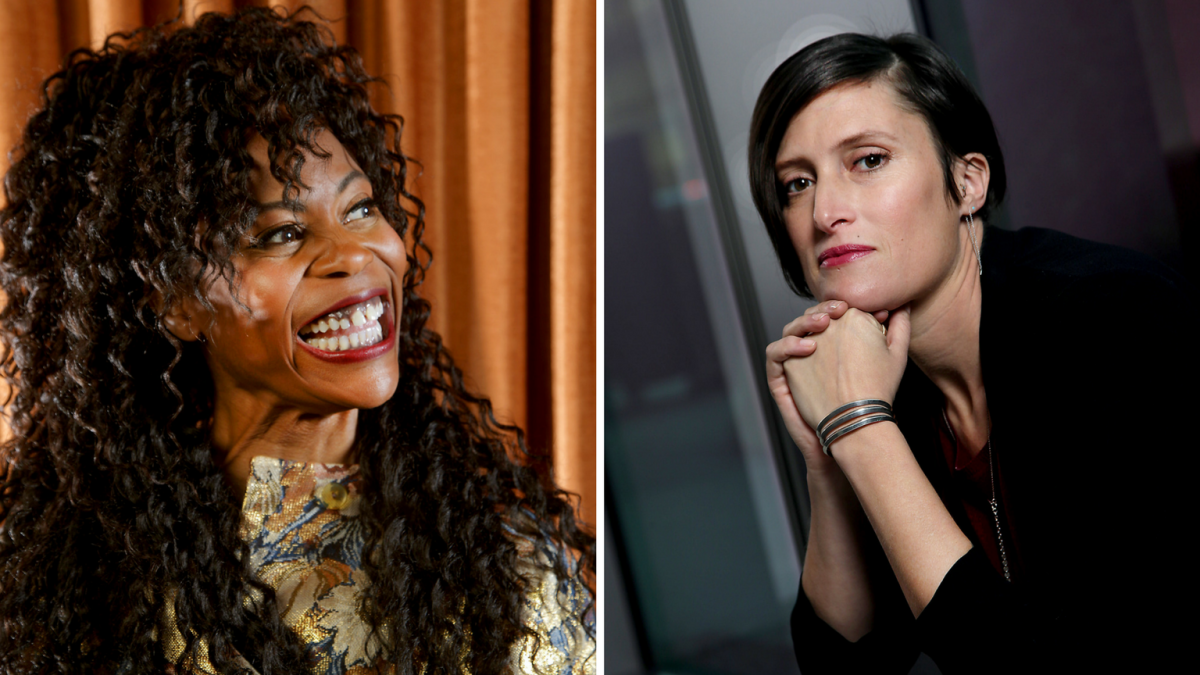What ‘Black Panther’ director Ryan Coogler can teach Hollywood about making the industry more inclusive

When Ryan Coogler first signed on to co-write and direct Marvel’s “Black Panther,” the potential for history-making was evident. After all, a black person would be helming a major studio film in the superhero cinematic universe starring a predominantly black cast with a massive budget, a feat that had yet to be achieved.
Now that the picture has opened to universal raves and shattered box office records, pulling in a massive $242 million domestically and $184.6 million internationally over the holiday weekend, Hollywood has more to learn than just the financial impact of putting more diverse people on screen and in the director’s chair.
If the industry takes a close look at what Coogler and team have created, they’ll unlock the not-so-secret secret to creating a more inclusive industry: giving more people traditionally outside the system a chance to take a seat at the table and speak through their art.
Two of the people responsible for aiding Coogler in realizing his vision for Wakanda, the fictional African nation that the titular hero calls home and serves as the primary setting for the film, are women. Hannah Beachler served as production designer while Rachel Morrison was the director of photography.
Both had previously worked on Coogler’s debut “Fruitvale Station” and Beachler was also on the crew of his second feature, “Creed.” But because neither Beachler nor Morrison had ever done a film on the scale of “Black Panther,” it was unclear if Marvel would take a gamble on them.

“They were like, ‘Whoa! Production design here is a thing,’” Coogler remembered about an early meeting with Marvel during which he pitched the idea of hiring Beachler. “It wasn’t a ‘no,’ but they wanted to meet her. As soon as they said that, I was good because I knew she’d come in and blow their minds. You can’t meet her and not hire her.
“And sure enough, she brought in this … she hadn’t even shown me yet. Even I [was] in there like ‘Oh, snap!’ ”
That meeting ended with jaws dropped, Coogler said, from Marvel President Kevin Feige to Nate Moore, the lone African American producer in the film division at Marvel Studios who shepherded the film to completion.
“We slid up out of there and that day they said they wanted to hire her,” Coogler said.
Beachler, who spoke to The Times the day after the film’s world premiere in Los Angeles, revealed a portion of a conversation she’d had with Feige about that first pitch meeting.
“We weren’t planning to hire you…,” she recalled him saying, “but then you came in and you blew us away.”
Beachler, who also designed Beyonce’s “Lemonade” and Barry Jenkins’ “Moonlight,” credits her performance in that initial meeting to Coogler’s faith in her talent and ability.
“I’m sort of OCD when it comes to going the extra mile because I wasn’t going to have Ryan say my name and not come in and do justice by that,” she said. “Because it’s not just an opportunity for him and an opportunity for me, but it’s an opportunity for the next people.”
I have no doubt that Ryan had to go to bat for me with Marvel.
— Rachel Morrison
When Morrison got her call from Coogler, she said it was “huge.” Unlike Beachler, she hadn’t worked with him on “Creed,” because she was pregnant and her due date was in the middle of the projected shooting schedule.
The idea of working on “Black Panther” “was momentous,” she said. “All of the other folks on the team, they’d all done the $30 million to $35 million movie before jumping into the $100 million-plus realm. The biggest film I’d done was $10 million to $15 million.”
“I was like, ‘Great, good luck getting Marvel to say yes.’ ”
But Marvel did say yes to the cinematographer who also made history earlier this year as the first woman be nominated for the cinematography Oscar, for her work on Dee Rees’ period drama “Mudbound.”
“I have no doubt that Ryan had to go to bat for me with Marvel,” she said.
The result of Coogler fighting for two women who’d previously not been, and possibly never would be, granted such an opportunity — and Marvel giving them the greenlight — is that Beachler and Morrison now leap to the A-list of their fields, with a bona fide blockbuster on their resume.
This is the type of Hollywood that advocates for diversity and inclusion have been asking for. And now that “Black Panther” has broken box office records, outranked all other superhero movies on Rotten Tomatoes and scored an A+ grade from audiences polled by CinemaScore, the industry at large is surely paying attention.
Get your life! Follow me on Twitter (@TrevellAnderson) or email me: [email protected].
More to Read
Only good movies
Get the Indie Focus newsletter, Mark Olsen's weekly guide to the world of cinema.
You may occasionally receive promotional content from the Los Angeles Times.











